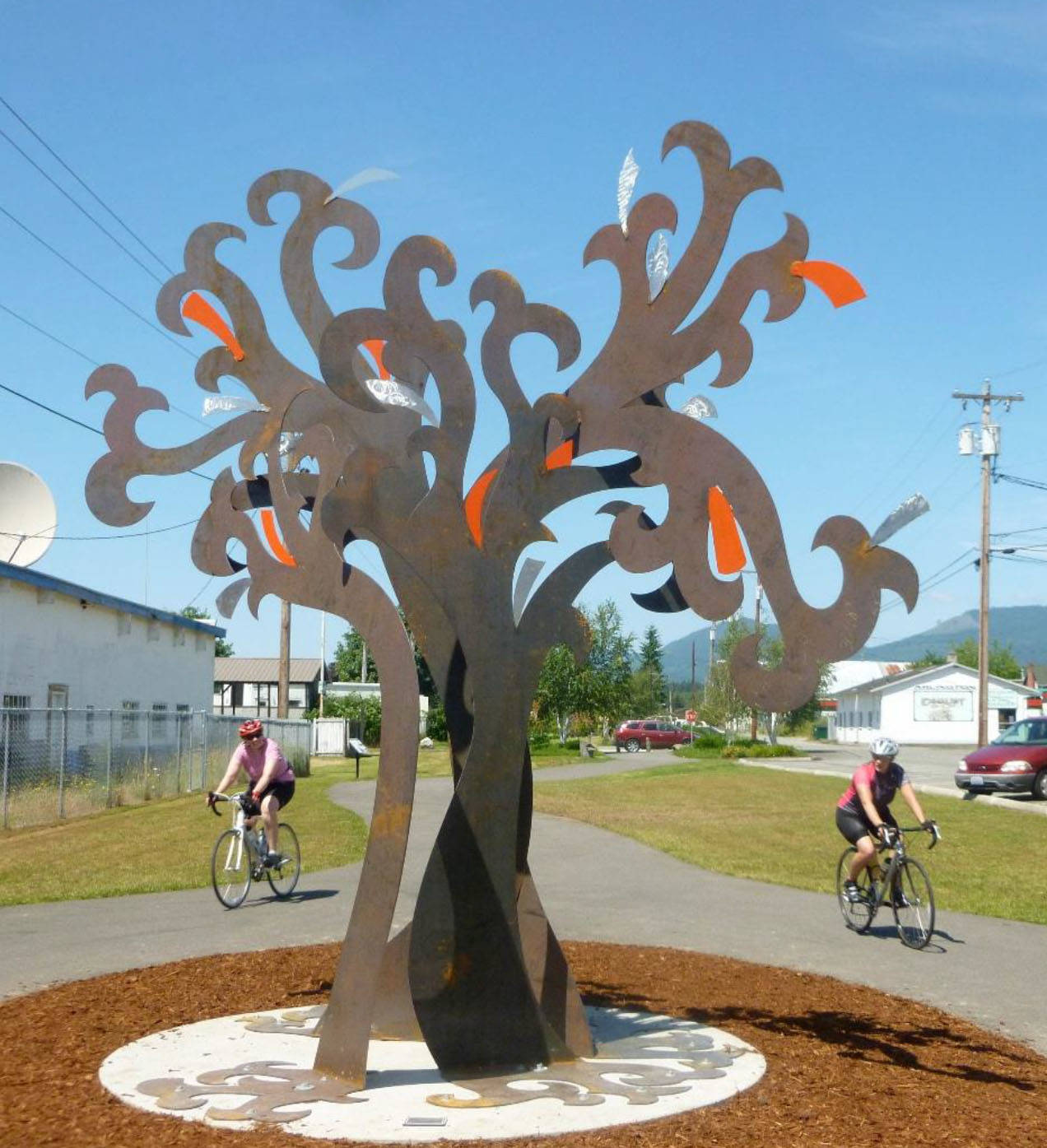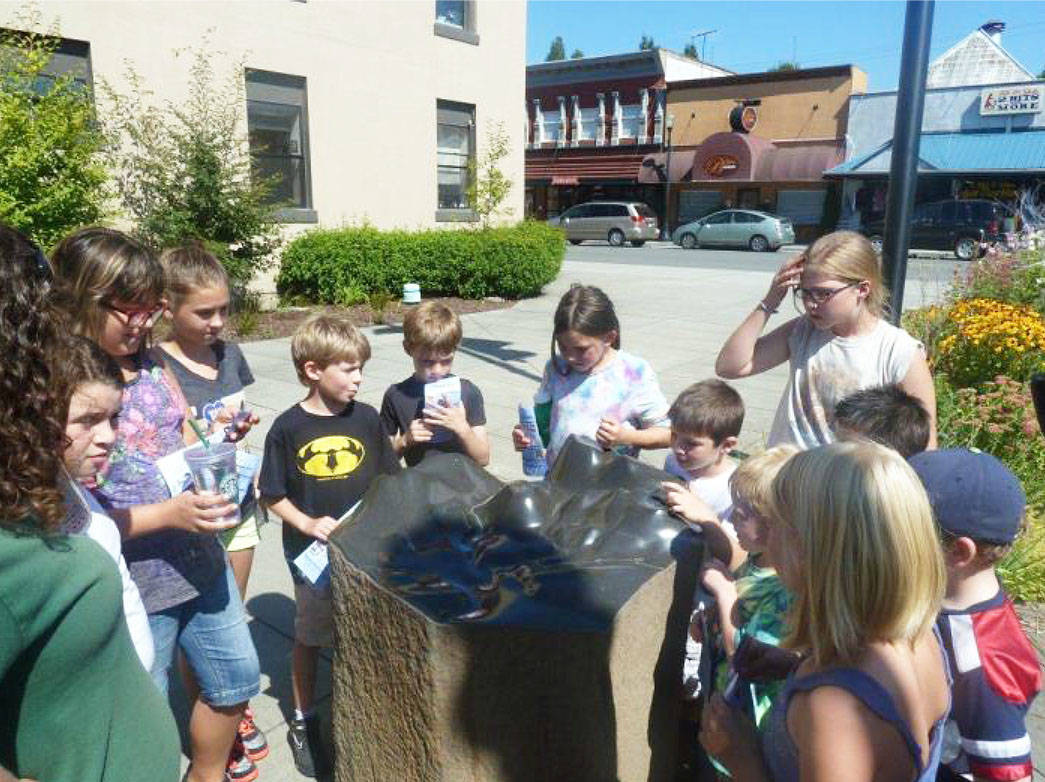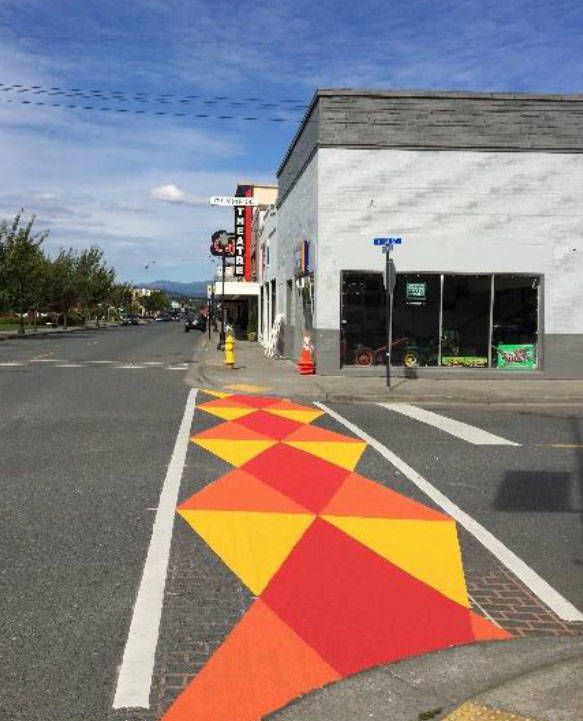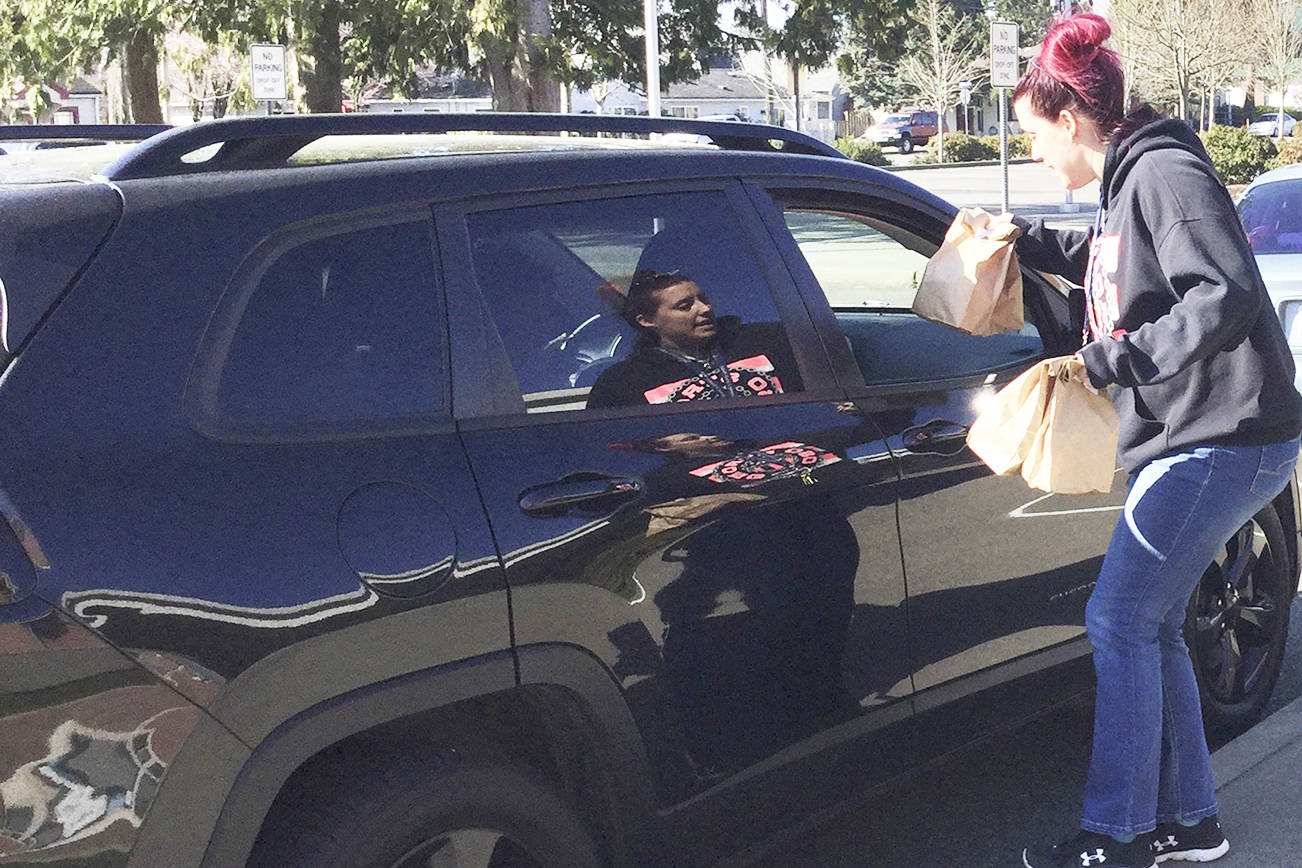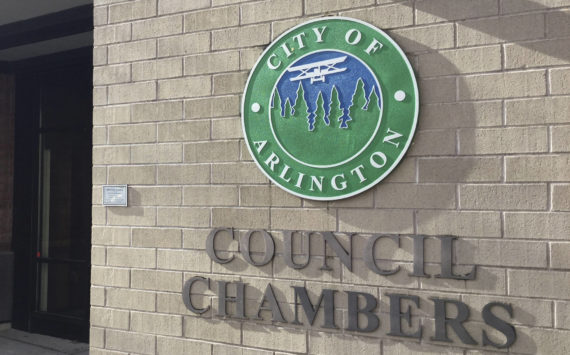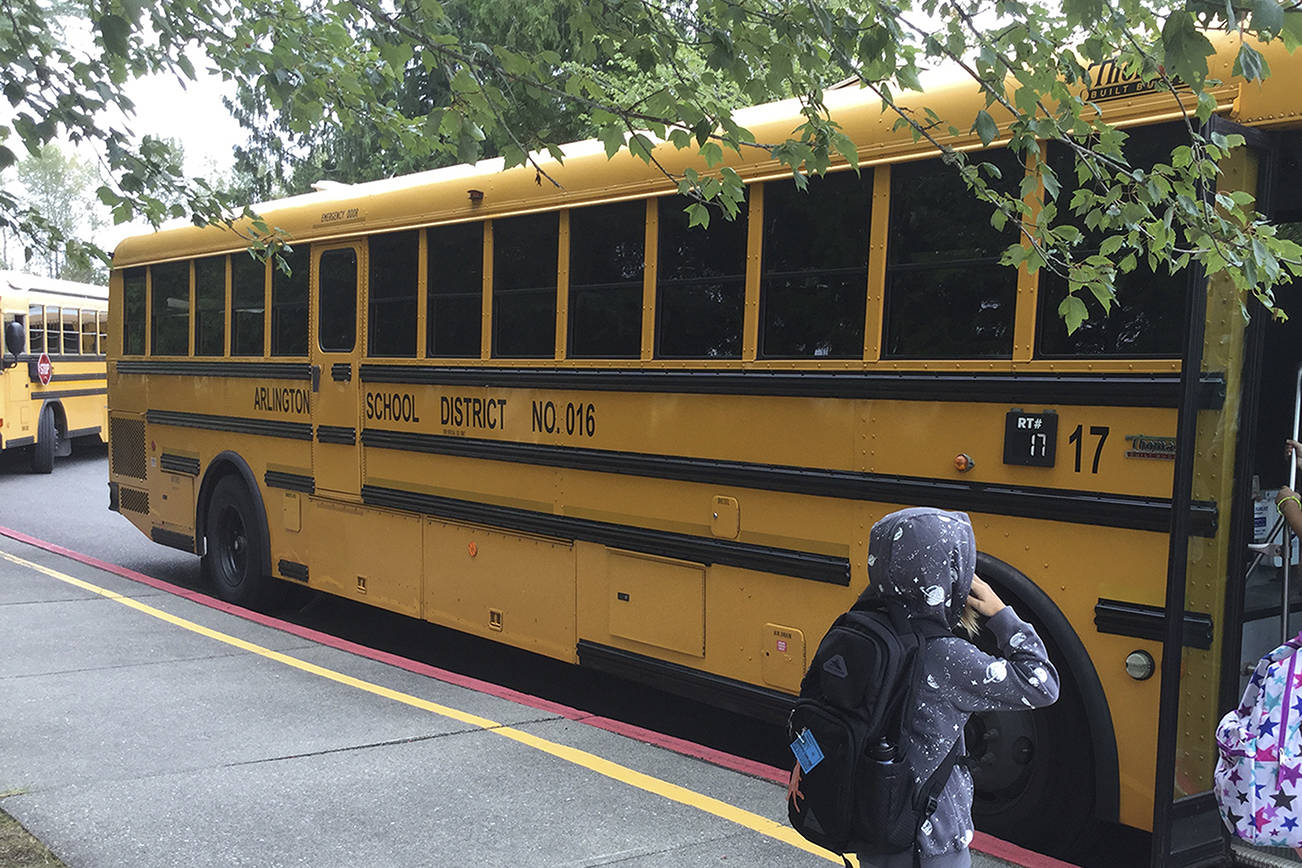ARLINGTON – When it comes to funding public art in a town known for loving it, the city of Arlington is ready to put more of its money where its mouth is.
The City Council amended ordinances Monday devoting 10 percent of construction sales tax to public art to create an art fund and carry-over budget to develop and redevelop the city’s public spaces, with attention to uniqueness and creativity. along with a carry-over budget from year to year.
Based on 2018 construction sales taxes of $549,203, 10 percent would be about $54,000. That’s on par with similar collections – $498,757 in 2016 and $565,934 in 2017, and city officials aren’t expecting a slow down in growth.
The law is modeled after a program started in Ellenburg in 2013.
Arlington’s funding mechanism replaces a 2007 ordinance that required one percent for public art on city construction projects. With several restrictions in place, city officials said. It generated no dollars.
“Public art is a vital part of the quality of life of our citizens and plays a role in Arlington’s economy,” said Sarah Lopez, community revitalization project manager. “We want to disperse art in all areas of Arlington and maintain it.”
Lopez said public art also provides a visual avenue for understanding cultures and different perspectives. From a health perspective, it reduces stress, and provides places to slow down and relax.
Most of the 50 pieces of public art in Arlington have been donated by the Arlington Arts Council through fundraisers. Some of the projects were partnerships between the city and arts council.
A stroll through downtown, city parks or along the Centennial Trail reveals all sorts of art pieces and sculptures – some whimsical, some historical – while roadside art and gateway roundabouts remind drivers of the community’s goals for more visual appeal.
Generally, the arts have been funded through donations and gifts especially in partnership with the arts council, fundraising and grants, and direct city funding to handle maintenance.
The city’s Centennial in 2003 was a breakthrough year for public art, with the founding of the arts council, sculptures on loan, commissioned murals, 100 painted plywood cows near Interstate 5, and the first Fall into Art Auction that has since raised as much as $10,000 annually.
Moving forward under conditions outlined in the Strategic Art Plan, also adopted Monday, the city will encourage site-integrated art, such as crosswalks, pavings, inlay and artistic concrete, walls and fences, seating, and features that would fit in with trails and the city’s Complete Streets program.
The plan also continues public-private partnerships, supports neighborhoods with visual improvements, and references the new art fund where the construction sales proceeds tax will go.
A public art committee will submit a budget to the Park, Arts and Recreation Committee for review, which will then forward those recommendations to the City Council.
Lopez said Arlington is fortunate to have a talented crop of artists.
“We have artists as contributors, who are highly entrepreneurial, which we want and are often self-employed,” she said.
City Council Member Debra Nelson said public art convinced her and her husband, Bob, to move to Arlington in 2004 and build a photography studio.
“Because of some of the beginnings of the art that I saw along Centennial Trail and coming into town, that really did attract us to come be a part of this town and invest our lives,” she said.
Council Member Jesica Stickles said it takes some cities years to brand themselves.
“We are blessed that we have this brand already because the art that’s here,” she said. “Just from recent travels, when you see buildings all over town with murals on them, you can’t help but take a photo. It ends up on your social media, and people see it. It’s spreading the brand.”
Just as art is in the eye of the beholder, everyone has their favorites, evidenced by residents’ comments shared in the city’s Strategic Art Plan completed in January.
“My boys and I do the art walk nearly daily March through October. Our favorites are the ‘water mountain’ and the Owl,” Heather Northup said. “Precious memories I wouldn’t trade for anything.
Angie Donnelson loves how Arlington’s art shares some of the history and story of the land, creatures and people who live here. Her favorite piece is Harry Engstrom’s train mural on the back of Action Sports.
“The impact the art in our town has on Arlington is that it inspires joy and introspection, and that it encourages people to slow down and appreciate where they are,” Donnelson said.
Jacqui Reach said walking past the mural on Olympic Avenue is a favorite pastime for her and her 2-year-old daughter.
“She loves pointing out all the animals, and can correctly identify almost all of them now, from elk, to geese, to cougar to ducks,” Reach said.
